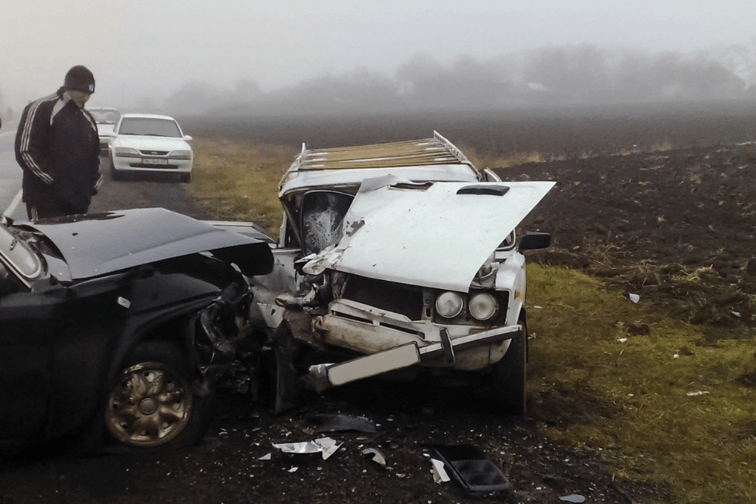

Suncorp Group brand AAMI has released a list of Australia's worst car crash sites for 2023, with some locations retaining their concerning rank as the “worst crash hotspot” in their respecting regions.
The 2023 AAMI Crash Index analysed over 350,000 motor insurance claims across Australia from 1 July 2022 to 30 June 2023. It revealed the most dangerous crash hotspots across the country.
“These hotspots are generally major roads, intersecting with local streets through high traffic industrial, educational, and shopping centre precincts, making them consistently busy throughout the day,” said Tammy Hall, head of motor customer engagement at AAMI.
The index named Plenty Road in Bundoora in north-east Melbourne the most dangerous crash hotspot in Australia for the sixth year in a row. Meanwhile, the number one sites in Melbourne, Brisbane, Perth, and Sydney remained in the top position for another year.
Aside from Plenty Road in Bundoora, the most dangerous crash hotspots in the areas analysed by AAMI were:
The index found that tailgating, driver distraction, and road rage can lead to nose-to-tail collisions.
“Aussie drivers should travel at a safe distance behind the car in front and ensure they are paying attention at all times,” Hall said. “A good rule of thumb is to always drive at least 3 seconds behind the car in front (often called the 3-second gap). This should be a larger gap if the driving conditions are poor, or you're driving a heavy vehicle. This allows adequate time to react and respond to a situation safely and avoid a crash.
“Bumper-to-bumper collisions often happen during peak hour traffic when the roads are busy, patience is wearing thin, drivers are tired from the day, and are in a rush to get to their destination. This is when accidents most commonly occur.”
According to a recent study that examined Australian car owners' attitudes towards in-car technology, three in four drivers find in-car technology distracting.
